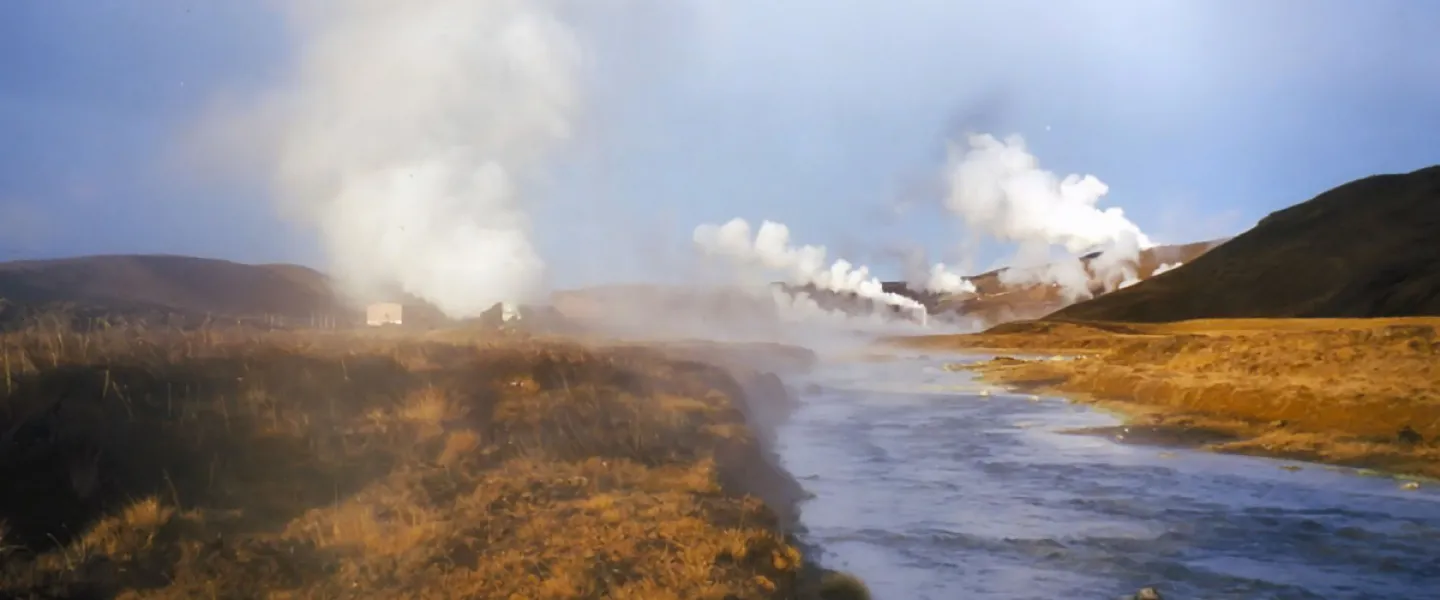
A historic project in the field of volcanic research, involving magma drilling in the Icelandic volcano Krafla, is being planned. The project is called Krafla Magma Testbed (KMT), and specialists from 27 research institutes, universities and companies in nine countries; including the University of Iceland, have joined forces in preparation for this unique project. Some of the world's leading volcanologists and geothermal engineers have joined a US$ 100m magma drilling project in Krafla in order to establish a long-term research centre in volcanology to increase understanding of the earth's crust, volcanic activity and harnessing geothermal energy.
Background
Iceland's energy company Landsvirkjun in collaboration with the Iceland Deep Drilling Project (IDDP) drilled serendipitously in 2009 directly into a magma chamber in Krafla. The plan was to drill a 4-5 km-deep-hole but the drill was only at a depth of 2.1 km when it hit magma. This experience created an invaluable opportunity to investigate magma as it showed that it is possible to drill directly into it. Many questions are still unanswered about the distinction between magma and rock, and how to analyse them using geophysical measurements. One of the initial phases of the KMT project is to drill again into a magma chamber in Krafla to obtain samples for further research. This will provide unique insight into the behaviour of the earth's crust, and how it in turns influences volcanic activity and geothermal heat.
Krafla is unique
Volcanologists believe that Krafla is the best place in the world to drill directly into a magma chamber. Krafla is, furthermore, one of the most researched volcanoes in the world, and has provided vast knowledge of volcanic activity and tectonics. The KMT-project could potentially revolutionise scientific knowledge on the source of volcanic eruptions, and thus further our knowledge of the origin of the earth's crust and volcanic activity. The Krafla drilling project will provide direct samples and observations, helping scientists to read signs of volcanic unrest better. One of the goals fo KMT-project is to improve civil protection for the 800 million people around the world from natural disasters such as volcanic eruptions and earthquakes. This is the number of people living within 100 km from an active volcano.
Preparation and funding
Institutes and companies already participating in this project are in Iceland, the United States, New-Zealand, Italy, the United Kingdom, Germany, Ireland, Canada and France. The project is gaining wider international recognition so the group will probably expand further, and include even more countries in the future. More than 30 magma and geothermal scientists from nine countries came together at a three-day meeting in Paris recently to work up plans for an epic project in the field of earth sciences. The aim is to secure up to 50 million US dollars to fund the first phase of the project, to be able to start drilling and construct the research facilities available to the scientific community by 2020. The facilities would be open to the international science community for a 30-year-programme of research, including repeated probing and sampling of the magma body.